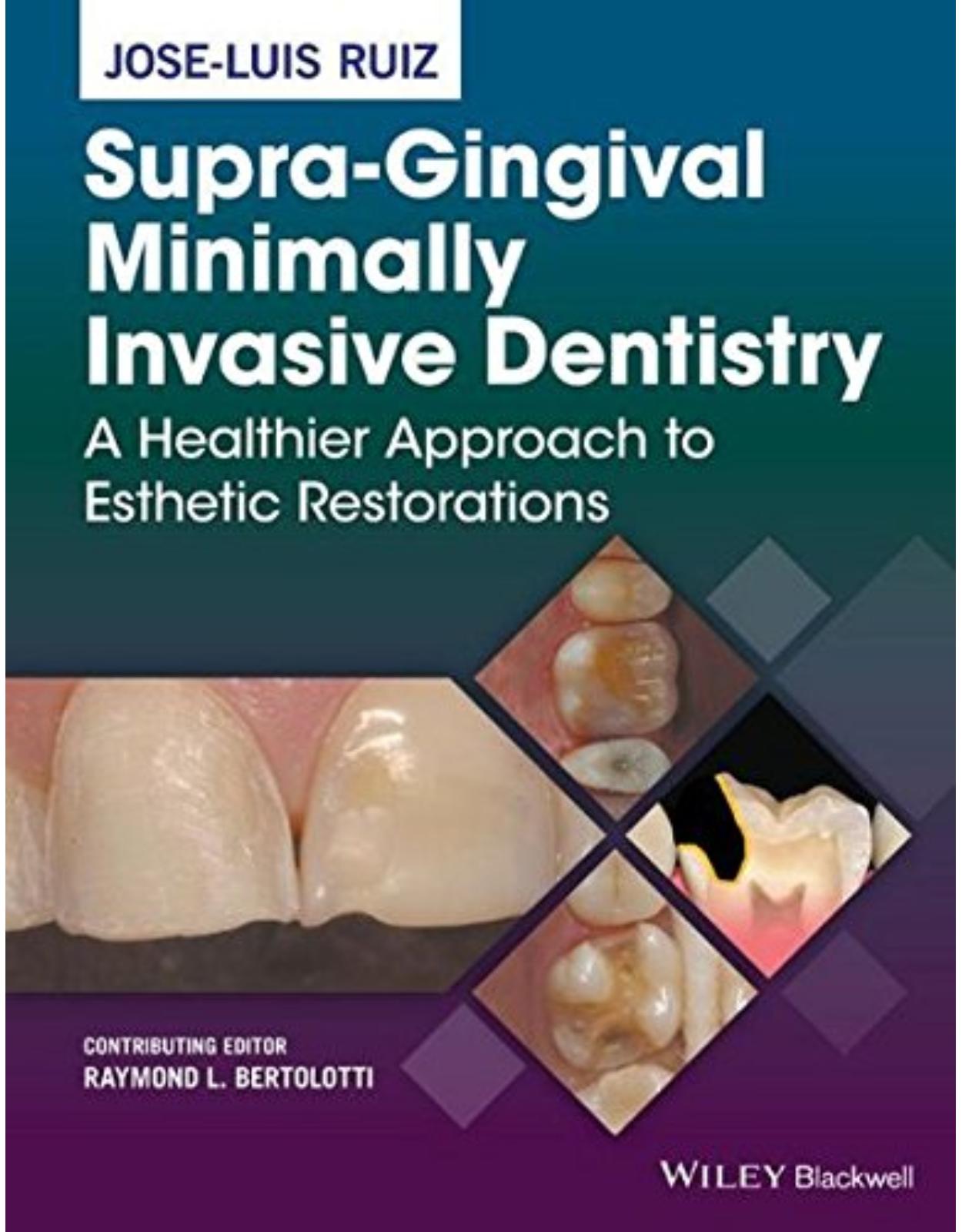
Supra-Gingival Minimally Invasive Dentistry: A Healthier Approach to Esthetic Restorations
Livrare gratis la comenzi peste 500 RON. Pentru celelalte comenzi livrarea este 20 RON.
Disponibilitate: La comanda in aproximativ 4 saptamani
Autor: Jose-Luis Ruiz
Editura: Wiley
Limba: Engleza
Nr. pagini: 272
Coperta: Hardback
Dimensiuni: 21.8 x 1.8 x 28.2 cm
An aparitie: 2017
Description:
Supra-Gingival Minimally Invasive Dentistry: A Healthier Approach to Esthetic Restorations provides a real-world approach to healthier supra-gingival minimally invasive restorations, as an alternative to more invasive mechanically retained restorations, such as full crowns.
Provides practical, step-by-step coverage of the key elements in diagnosis, case planning, preparation, restorations, and cementation of bonded restorations
Offers excellent and simple explanations of the latest in adhesive dentistry and the proper selection of restorative materials
Covers both anterior and posterior direct and indirect bonded restorations, offering a better, healthier approach
Presents hundreds of beautiful images showing planning, preparation, and restoration principles and treatment
Features the contributions of Dr. Ray Bertolotti, Contributing Editor, and a foreword written by Gordon J. Christensen, DDS, MSD, PhD, CEO of Clinicians Report Foundation and Practical Clinical Reports
Table of Contents:
Part I: Rationale
1: The Traditional Mechanically Retained Restoration Paradigm: Subgingival Margins are Normal and a Necessary Byproduct of Restorative Needs
Introduction
Subgingival Restorative Margin Placement
Mechanically Retained Dentistry with Subgingival Margins is More Difficult
Mechanically Retained Dentistry with Subgingival Margins is Less Healthy
Mechanically Retained Dentistry with Subgingival Margins is Less Beautiful
Mechanically Retained Dentistry with Subgingival Margins is Less Predictable and Less Durable
References
2: The Healthier Paradigm: Supragingival Minimally Invasive Adhesive Dentistry – The Benefits
Introduction
Supragingival Minimally Invasive Adhesive Dentistry is Easier
Supragingival Minimally Invasive Adhesive Dentistry is Healthier
Supragingival Minimally Invasive Adhesive Dentistry is More Esthetic
Supragingival Minimally Invasive Adhesive Dentistry is More Predictable and Long Lasting
References
3: The Supragingival Protocol and Indications: Preventing Subgingival Margins
Introduction
The Five Principles of Supragingival Dentistry
The First Principle: Careful Removal of Caries and Old Restorative Material Removal Close to the Gingival Margin
The Second Principle: Avoid Boxes, Axial Reduction or Counterproductive Mechanical Retention (Trust In Adhesion)
The Third Principle: Enamel Margin Preservation Technique
The Fourth Principle: Technique for Margin Elevation
The Fifth Principle: Proper Use of Translucency for Ideal Restorative Margin Blending and Esthetics
References
4: Should We Trust in Dental Adhesives and Adhesive Dentistry?
Introduction
Trusting in Adhesion is Key To Success
Adhesion to Enamel
Etch and Rinse Systems (Fourth and Fifth Generations)
Self-Etch Systems (Sixth and Seventh Generations)
Isolation and Adhesive Dentistry
The Importance of Technique
Conclusion
References
Part II: Supragingival Minimally Invasive Indirect Posterior Restorations: A Replacement for Full Crowns
5: Supragingival Minimally Invasive Bonded Onlays: The Replacement for Full Crowns
Indications For Bonded Onlays
Restorative Material Options Specific to Bonded Onlays
Longevity of Onlays Compared with Crowns
References
6: Supragingival Simple and Complex Onlay Preparation
Introduction
Purpose of Tooth Preparation and Universal Principles
Three Variations Based on Tooth Damage
Impression
Materials and Techniques for Temporary Restorations
References
Part III: Supragingival Minimally Invasive Porcelain Veneers: A Replacement for Full Crowns
7: Indication, Preparation and Restorative Material for Supragingival Minimally Invasive Porcelain Veneers
Introduction
Consequences of Unnecessary Tooth Removal
Tooth Preparation for Supragingival Minimally Invasive Porcelain Veneers
Restorative Material for Supragingival Minimally Invasive Porcelain Veneers
Simple Preparations
Special Considerations
The V-Shaped Veneer
References
8: Esthetic Co-Diagnosis Using the Dentofacial Esthetic Diagnosis System
Introduction
The Psychology of the Smile
Parameters, Not Rules
Smile Design Step By Step
Communication
Making Provisional Restorations (Prototypes)
Esthetic and Bite Check
References
Part IV: Bonded Cementation of Indirect Restorations
9: Bonded Cementation of Veneers and Onlays
Cementing Bonded Restorations
Postoperative Sensitivity
Isolation
Bonded Cementation has Multiple Layers
Choosing the Correct Resin Cement
The Ideal Cement for Bonded Onlays
The Ideal Cements for Porcelain Veneers
Bonding Systems
Preparing the Tooth for Adhesion
Preparing the Buildups for Bonded Cementation
Preparation of the Porcelain Intaglio Surface
Step by Step Onlay Bonded Cementation
Step By Step Veneer Bonded Cementation
References
Part V: Supragingival Dentistry and Direct Composite Restorations
10: Practical and Predictable Class II and III Direct Composite Restorations
Introduction
A Complicated and Unprofitable Technique
Universal Principles for Supragingival Minimally Invasive Preparation
Step by Step Preparation for Class II Caries
Step by Step Preparation for Class III Caries
Margins on Dentin and the Acid–Base Resistant Zone (or Super Dentin)
Isolation
Matrices and Wedges
Bonding
The Effects of Polymerization Shrinkage and Stress
Managing the Effects of Polymerization Shrinkage by the Use of Materials with Low Modulus of Elasticity
Managing the Effects of Polymerization Shrinkage by Layering and Curing: The Filling Procedure
Developing Occlusal Morphology
Finishing
Postoperative Sensitivity
Step by Step Filling and Finishing Class II Direct Composite Restorations
Step by Step Filling and Finishing Class III Direct Composite Restorations
References
Part VI: Crown Replacement
11: Full Crowns: Are They Still Necessary?
Indications for Full Non-Metal Crowns
The Options in Non-Metal Restorative Materials for Full Crowns
Layered Zirconia, Full Zirconia or Lithium Disilicate?
Preparation for a Full-Coverage All-Ceramic Crown
Cementation of Full Crowns
References
Part VII: The Occlusal Disease Management System: A Key to Success
12: The Importance of Occlusion and Occlusal Diagnosis in Restorative Dentistry
The Occlusal Connection to Restorative Dentistry Success
Occlusion: The Untreated Enemy
Occlusal Disease Defined
Diagnosis Using the Seven Signs and Symptoms of Occlusal Disease
Course of Action
References
13: A Healthy Occlusion and the Occlusal Analysis
Introduction
When Should the Three Golden Rules be Implemented?
Vertical Dimension of Occlusion and Minimally Invasive Rehabilitation
Data Gathering and Developing a Treatment Plan
References
Index
EULA
| An aparitie | 2017 |
| Autor | Jose-Luis Ruiz |
| Dimensiuni | 21.8 x 1.8 x 28.2 cm |
| Editura | Wiley |
| Format | Hardback |
| ISBN | 9781118976418 |
| Limba | Engleza |
| Nr pag | 272 |

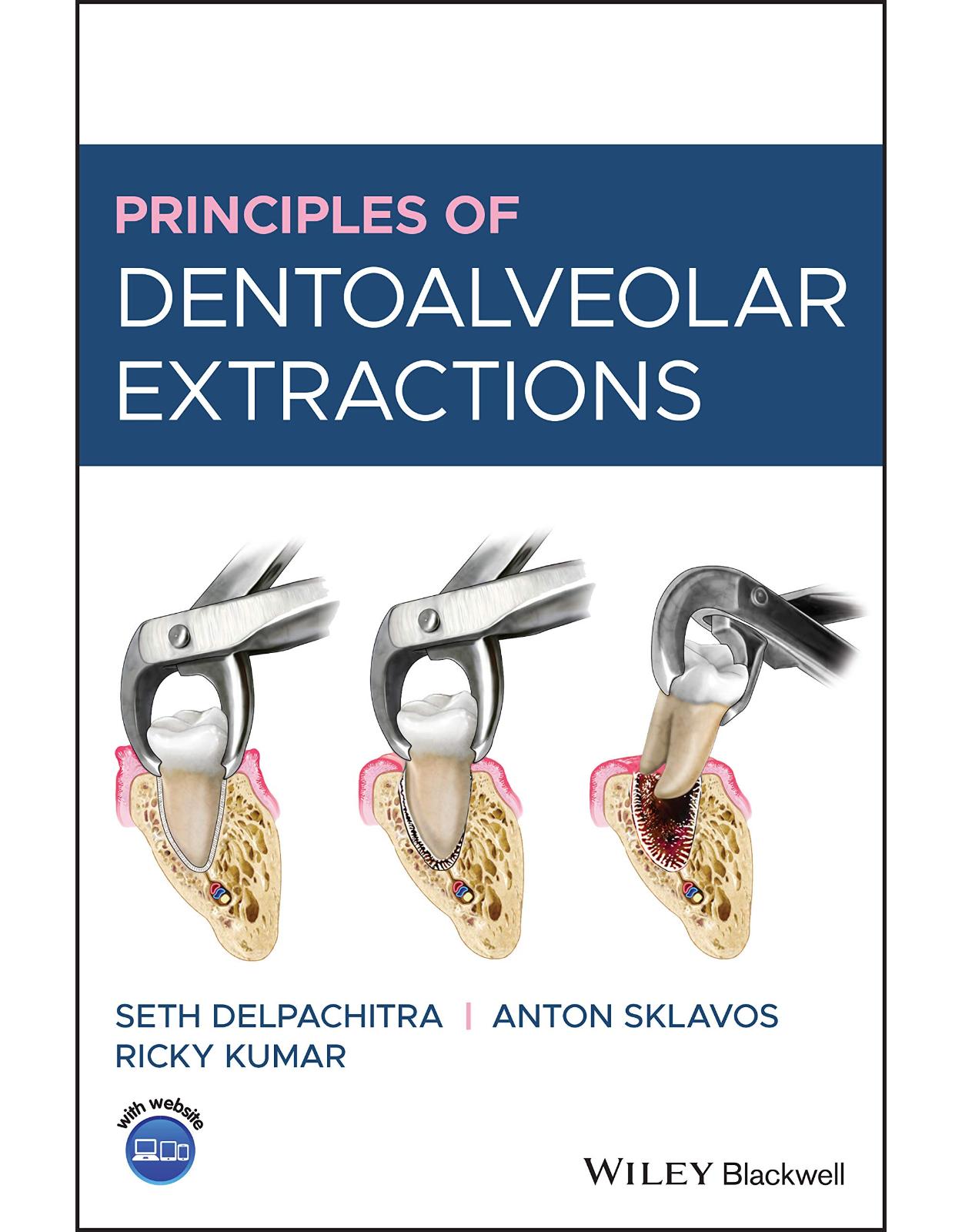
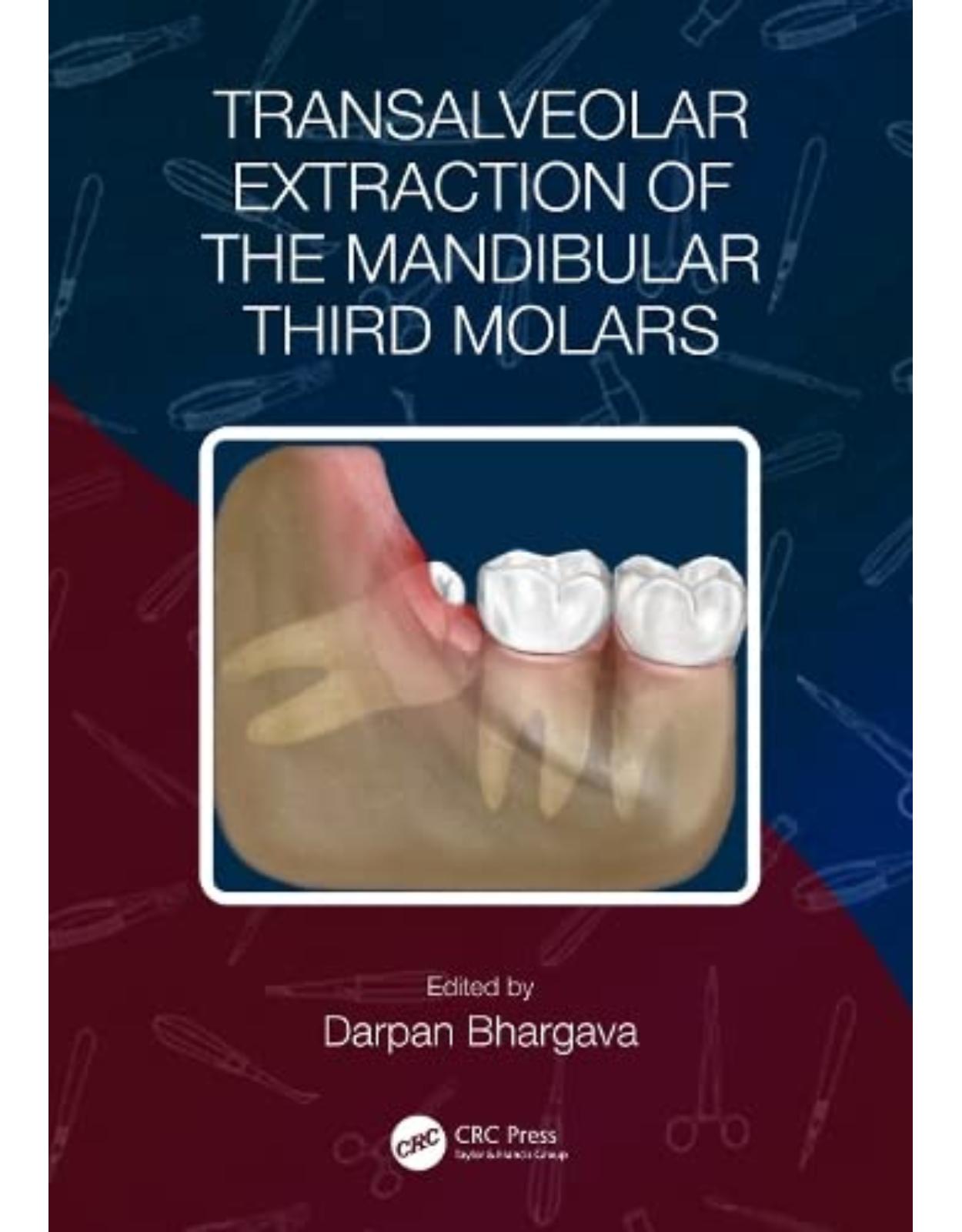
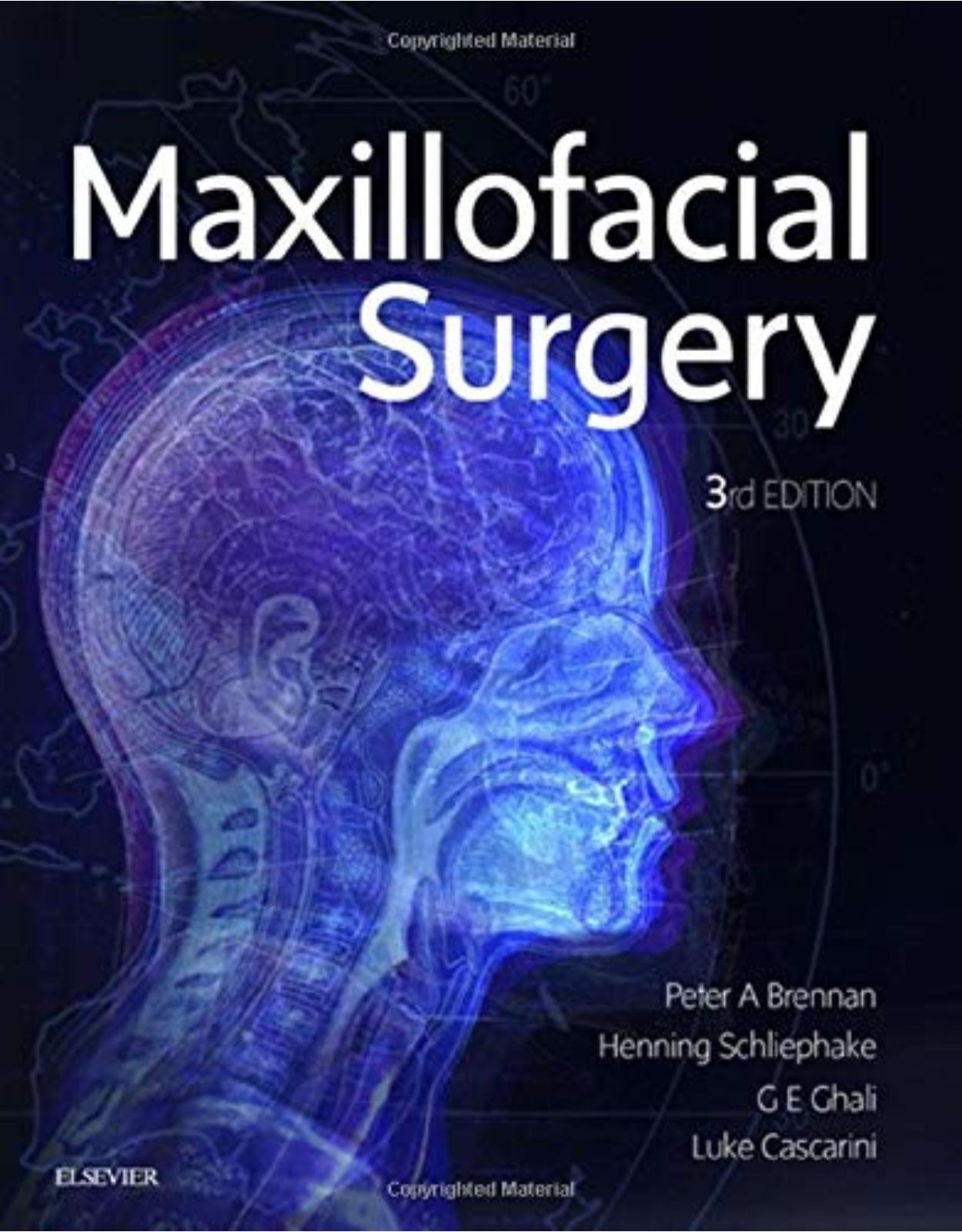
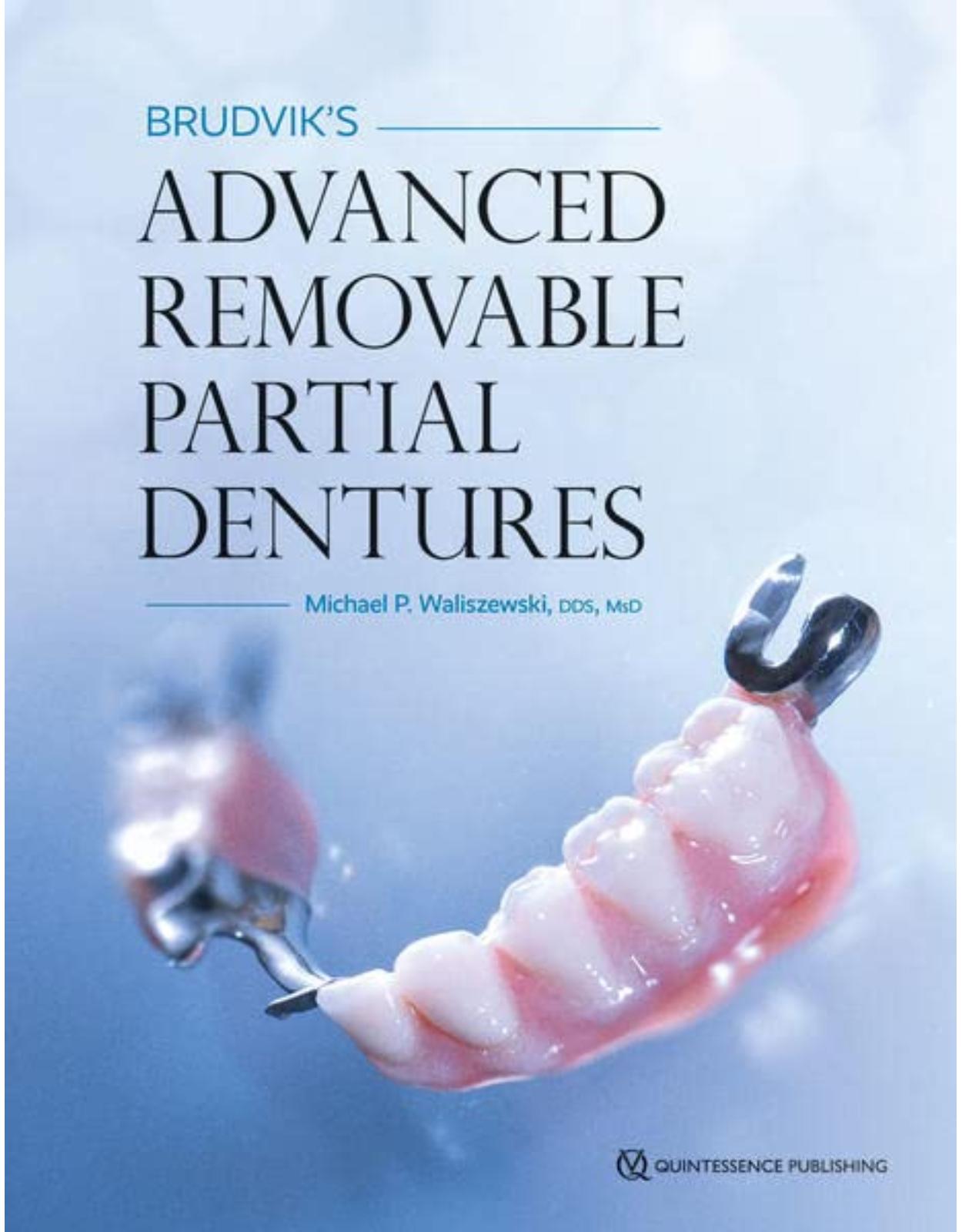
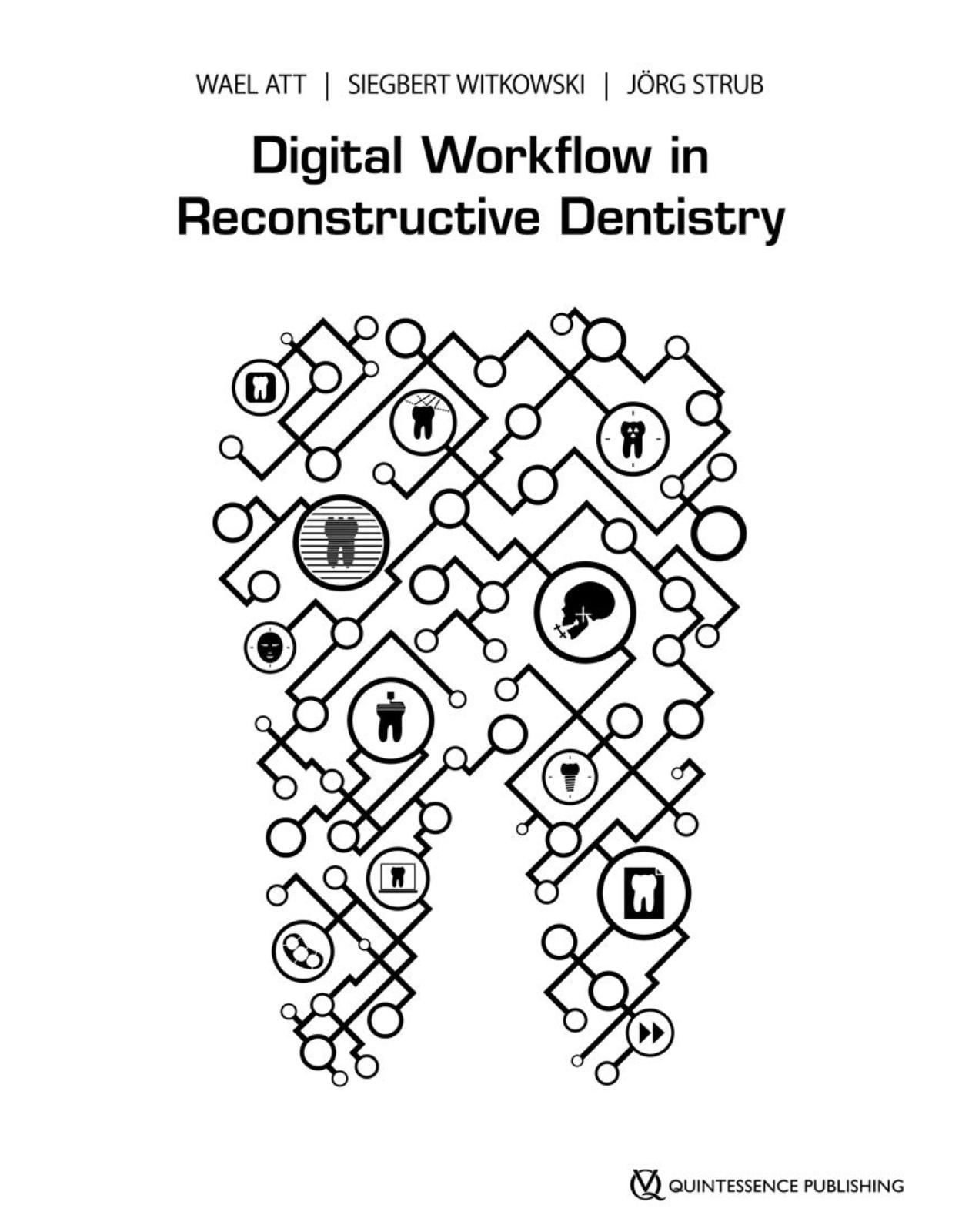
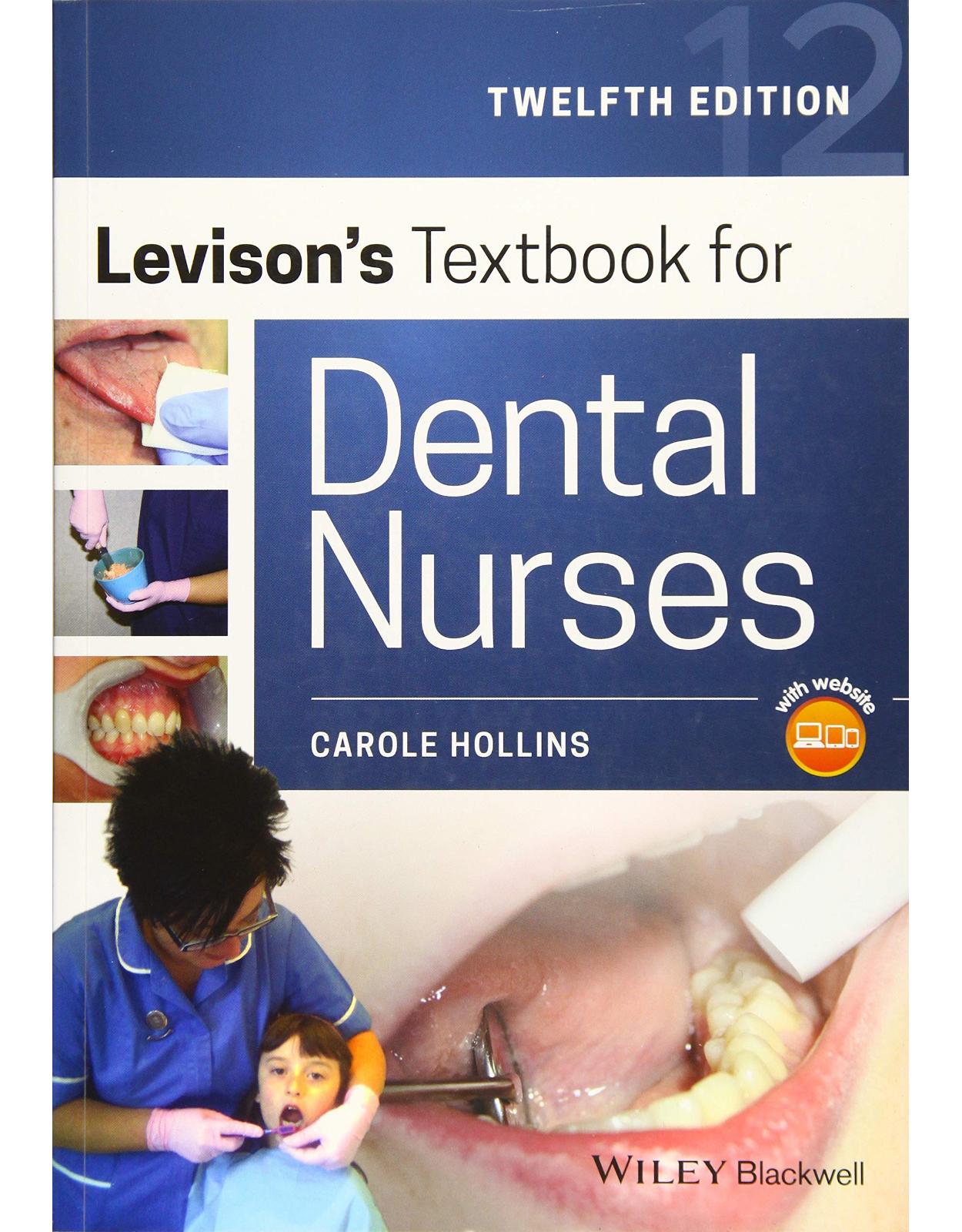
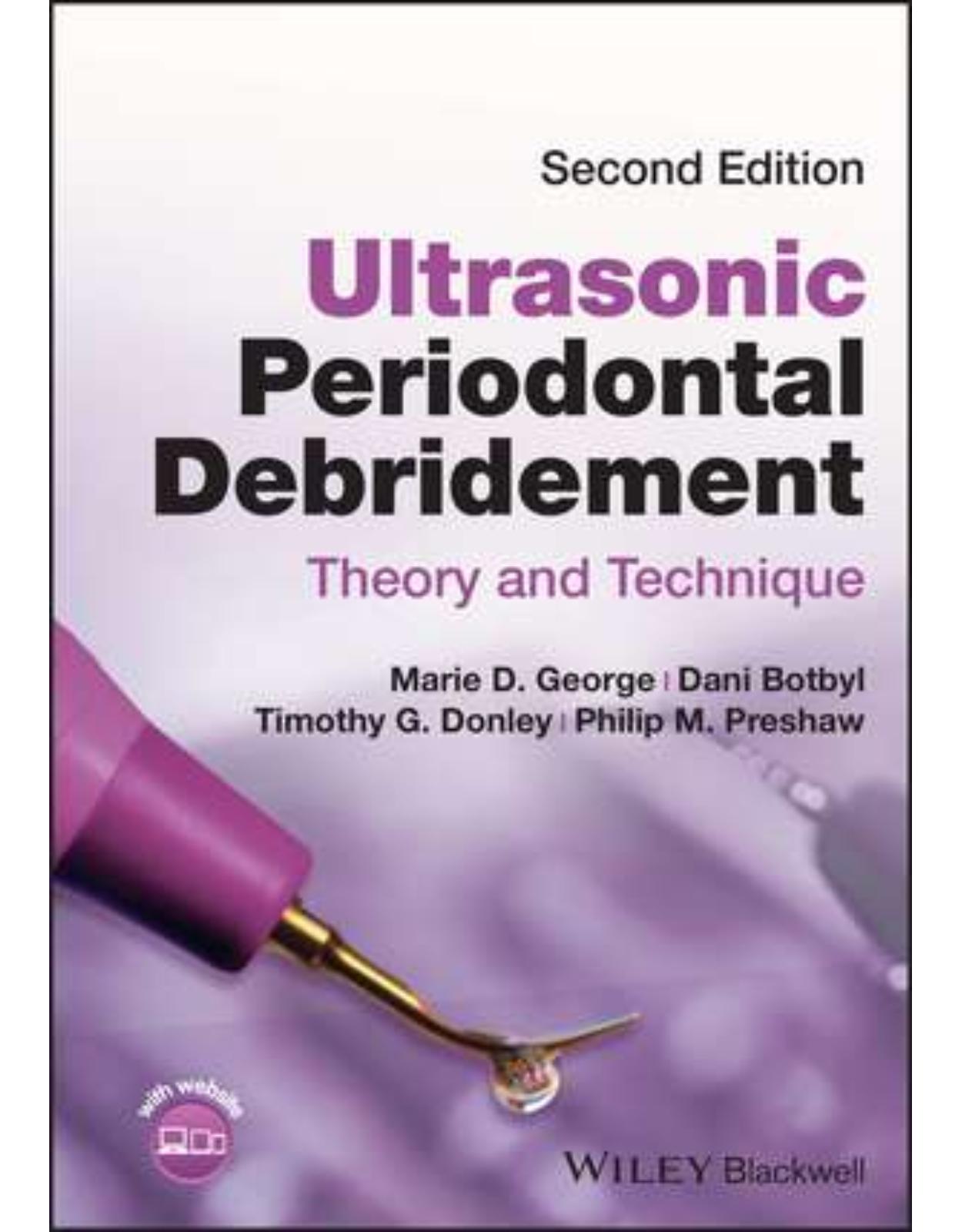
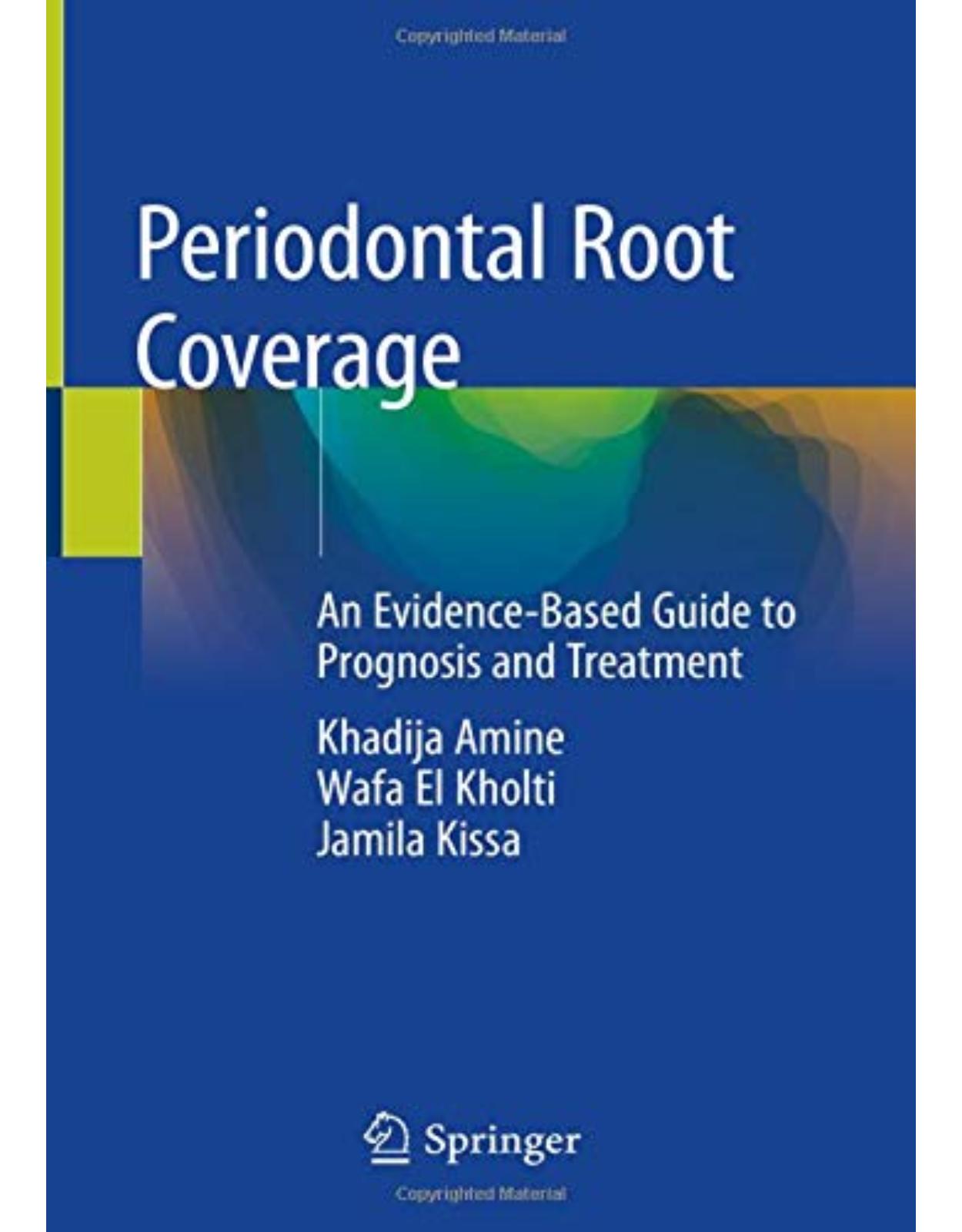
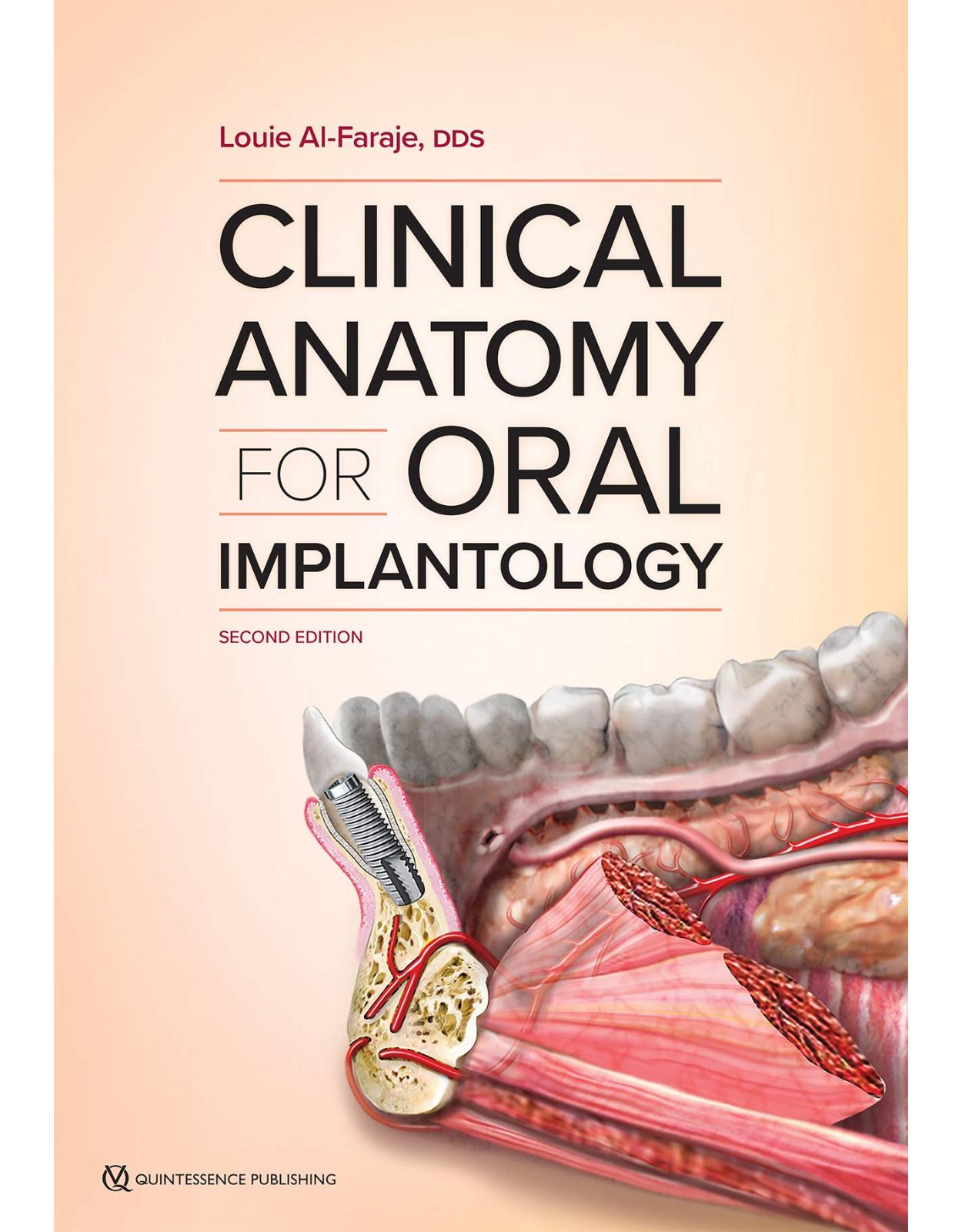
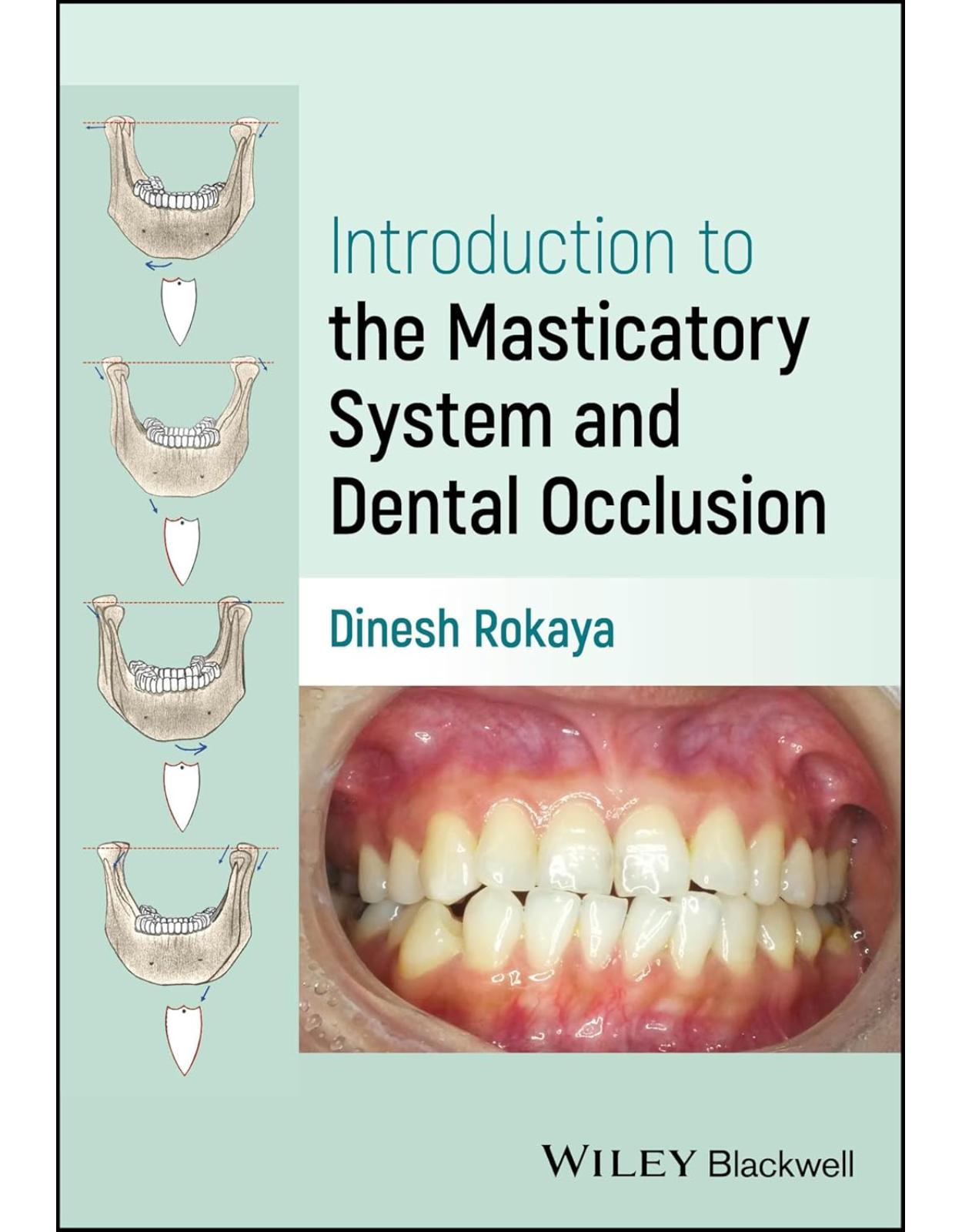
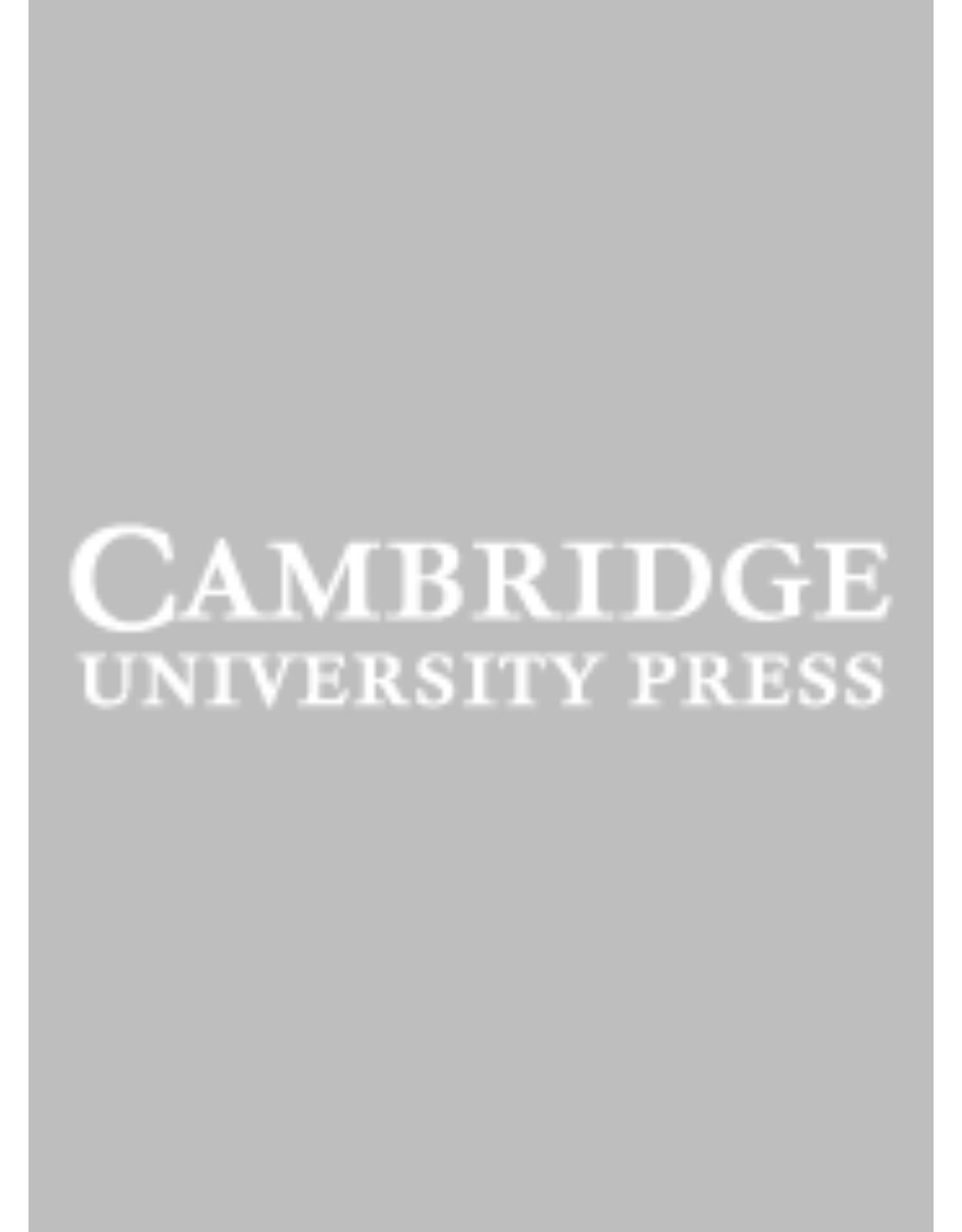






Clientii ebookshop.ro nu au adaugat inca opinii pentru acest produs. Fii primul care adauga o parere, folosind formularul de mai jos.